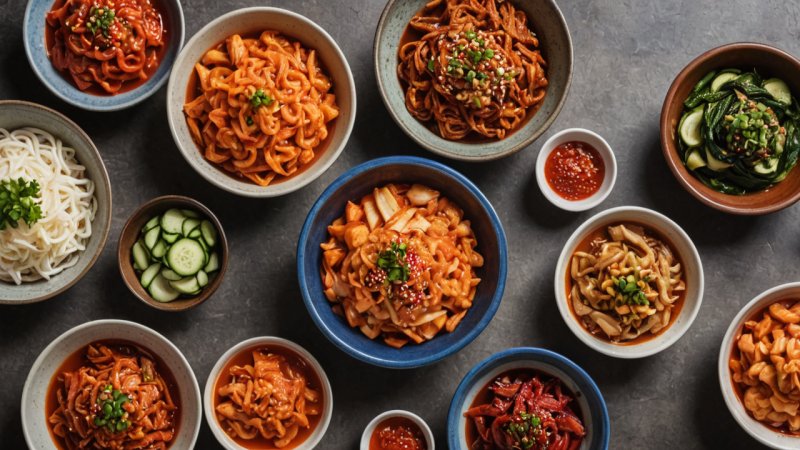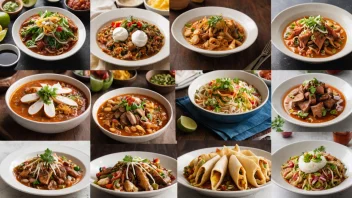Korean kimchi is more than just a side dish; it is a vibrant part of Korean culture and a staple in households across the country. This fermented delicacy is known for its complex flavors, health benefits, and versatility. Whether you are a culinary enthusiast or a casual foodie, exploring kimchi can enhance your understanding of fermentation and its significance in Korean cuisine.
1. Understanding Kimchi Varieties
Kimchi isn't just one thing; there are hundreds of varieties to explore. The most common type is Baechu Kimchi, made with napa cabbage, but you can also find Oi Sobagi (cucumber kimchi), kkakdugi (cubed radish kimchi), and many more. Each type has its unique flavor profile based on the ingredients and fermentation time.
2. The Fermentation Process
The fermentation process is crucial for developing kimchi's flavor. It involves using salt to draw out moisture from the vegetables, followed by the addition of spices and sometimes seafood for umami. Understanding this process can deepen your appreciation for the craft of making kimchi.
3. Health Benefits of Kimchi
Kimchi is not only delicious but also packed with health benefits. It is rich in probiotics, vitamins, and antioxidants, promoting gut health and boosting the immune system. Incorporating kimchi into your diet can be a tasty way to enhance your overall well-being.
4. Making Kimchi at Home
If you're inspired to try your hand at making kimchi, start with a simple recipe. All you need are fresh vegetables, Korean red pepper flakes (gochugaru), garlic, ginger, and fish sauce or soy sauce. There are countless recipes available online, making it easy to customize your kimchi to suit your taste.
5. Pairing Kimchi with Dishes
Kimchi is incredibly versatile and can be enjoyed in various ways. Serve it as a side dish, add it to fried rice, or use it as a topping on ramen for extra flavor. The tangy, spicy, and umami notes of kimchi can elevate any meal.
6. Kimchi Festivals and Culture
In Korea, kimchi is celebrated at festivals, particularly during the fall harvest season. The Kimjang tradition involves families coming together to prepare large batches of kimchi, which they will consume throughout the winter. Participating in a kimchi festival can provide a deeper insight into Korean culture and its culinary practices.
7. Exploring Regional Variations
Each region in Korea has its unique take on kimchi. For example, Jeolla Province is known for its rich and varied kimchi styles, while Gyeongsang Province tends to have spicier versions. Exploring these regional differences can enhance your culinary journey in Korea.
8. Kimchi in Modern Cuisine
In recent years, kimchi has found its way into modern gastronomy. Chefs around the world are incorporating kimchi into fusion dishes, from tacos to burgers. This trend showcases the adaptability of kimchi and its ability to complement various cuisines.
9. Storage and Preservation
Proper storage is key to maintaining the quality of kimchi. It should be kept in an airtight container in the refrigerator, where it can continue to ferment slowly. Over time, the flavors will develop, making it even more delicious.
10. The Global Kimchi Community
Kimchi has transcended borders, and there is a growing global community of kimchi enthusiasts. Online forums, social media groups, and local workshops allow you to connect with others who share your passion for this fermented delight.
In conclusion, kimchi is more than just a dish; it is a celebration of tradition, health, and creativity. Whether you are enjoying it as a side, making it at home, or exploring its cultural significance, the art of fermentation through kimchi offers an enriching experience. Embrace the journey and savor the flavors!






